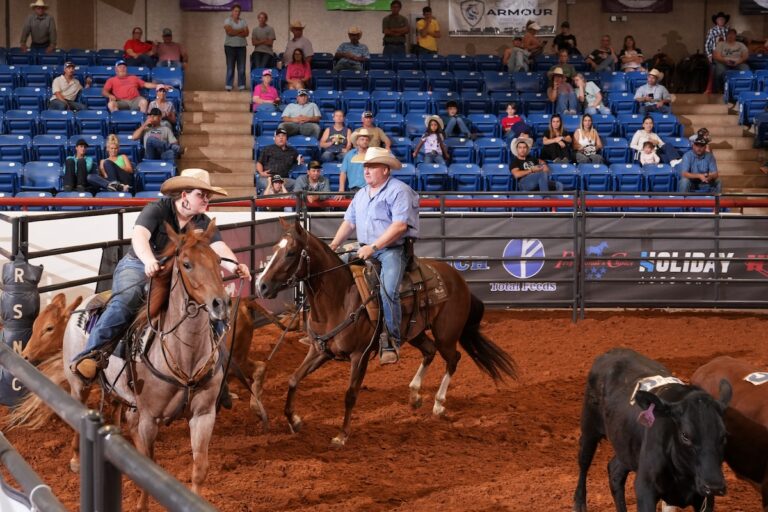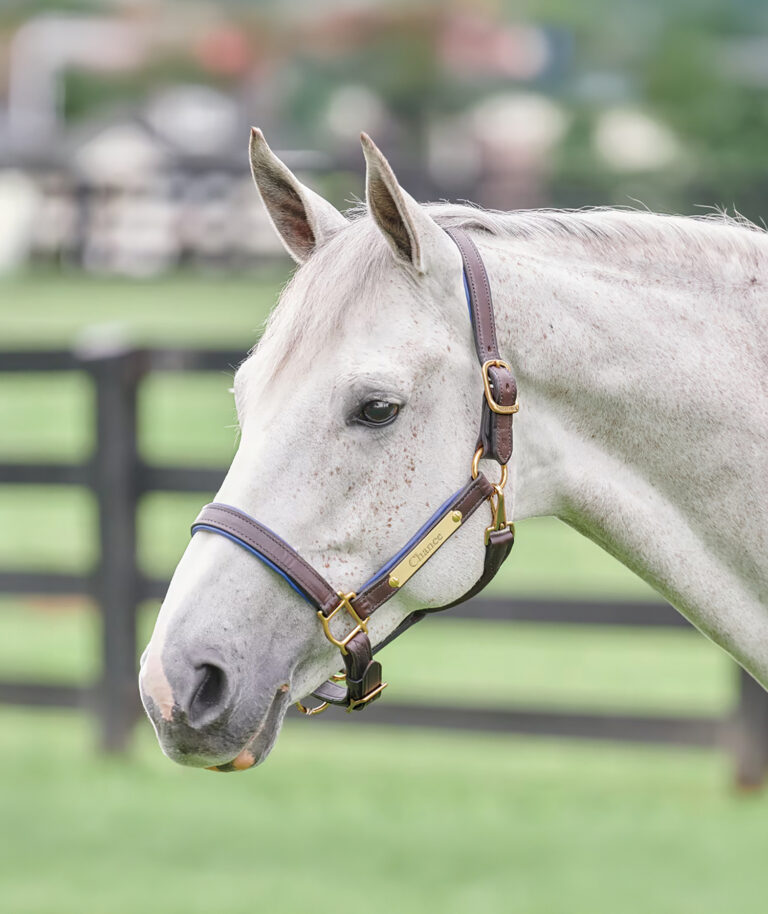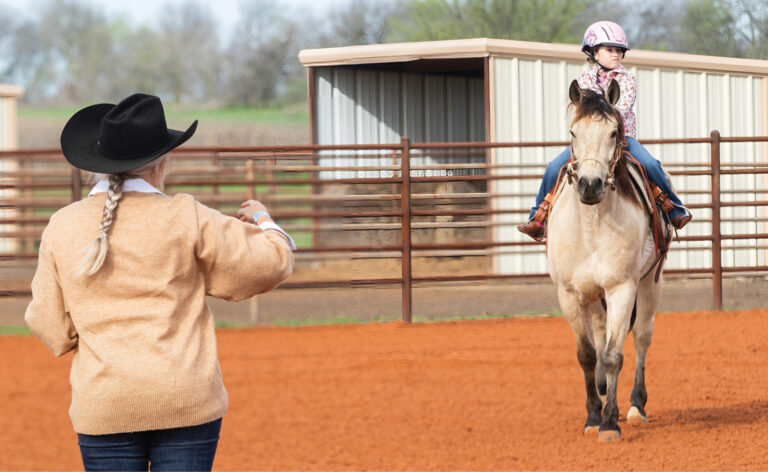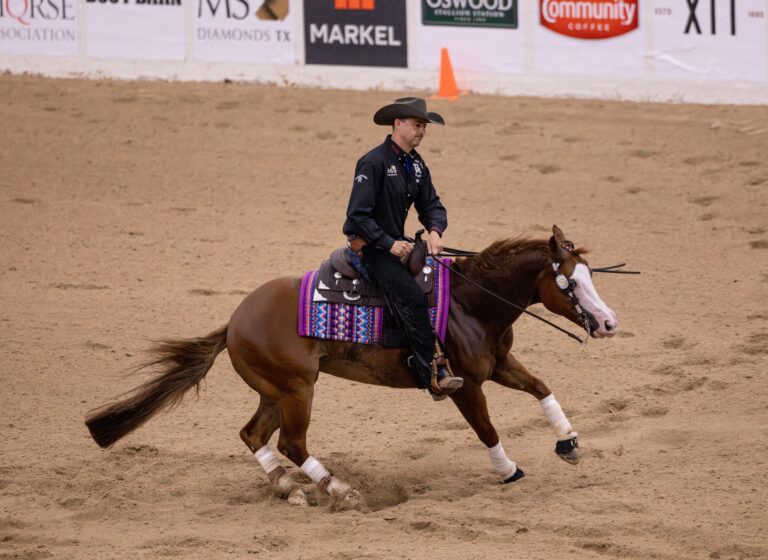What began as a publicity stunt to promote the world-famous Pendleton Round-Up Rodeo and Happy Canyon evening show has taken on a life of its own. Riders from around the United States, Canada, England, Australia, and even Thailand, now participate in the Pendleton Wagon Train, which consists of 19 wagons drawn by mules or horses and 100 outriders accompanying them.
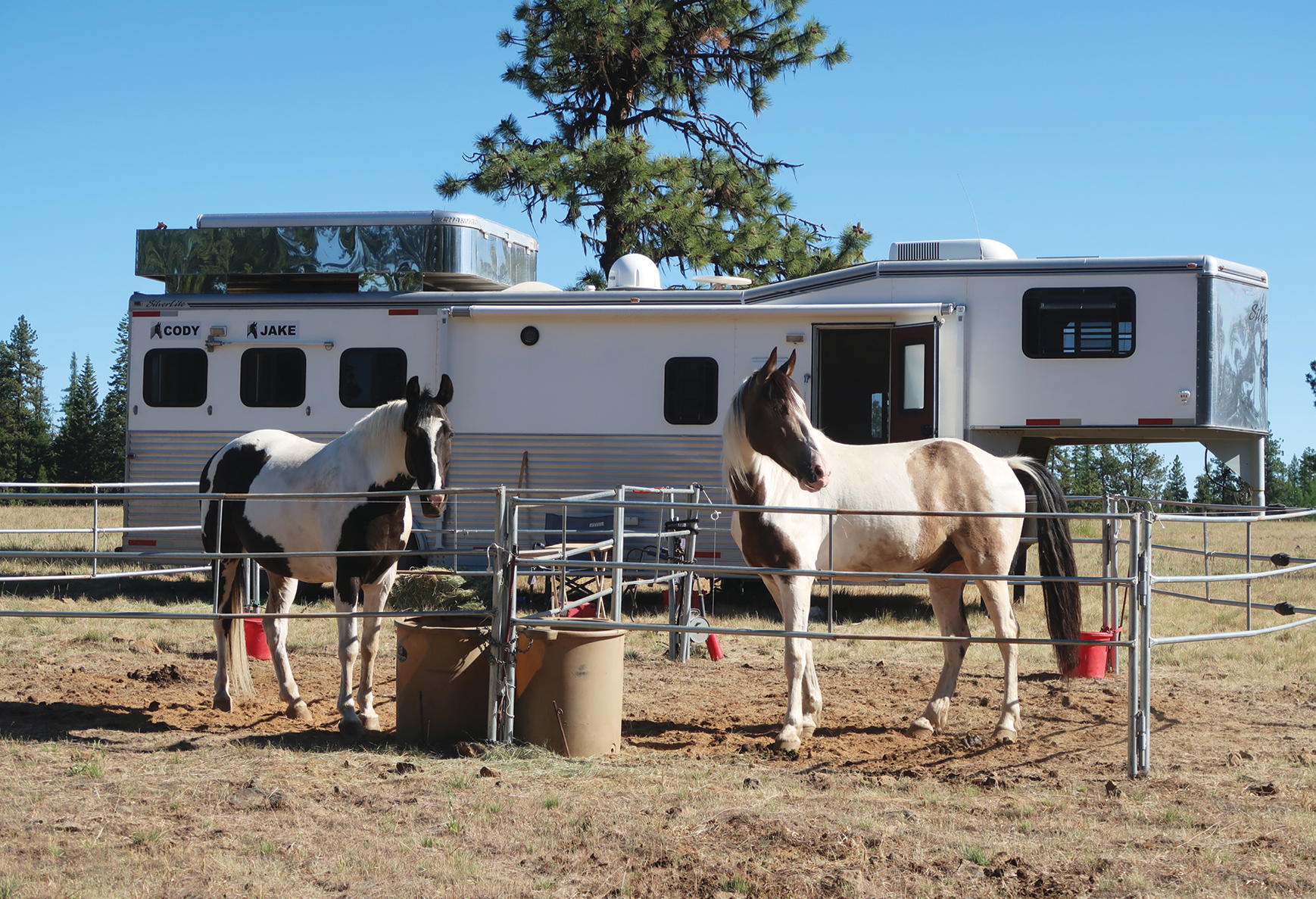
History of the Wagon Train
The moving wagon train functions as a temporary doorway into the past, where lessons in courage, patience, and self-reliance are taught on hard, jostling wagon seats and slow-moving horses. We experienced a sense of awe for the pioneers who ventured west—imagine, crossing rivers, deserts, and mountains with covered wagons pulled by horses, mules, or oxen.
According to Vickie Leonard, President of the Pendleton Wagon Train Committee, teamsters wanted to keep skills associated with a wagon train alive by having a week-long wagon-train journey once a year. Over time, a strong camaraderie developed between these folks based on their shared experiences and interests.
The wagon train event is usually scheduled during the last full week of June in the Blue Mountains in Oregon, which are part of the Wallowa-Whitman National Forest—the largest national forest in the Pacific Northwest.
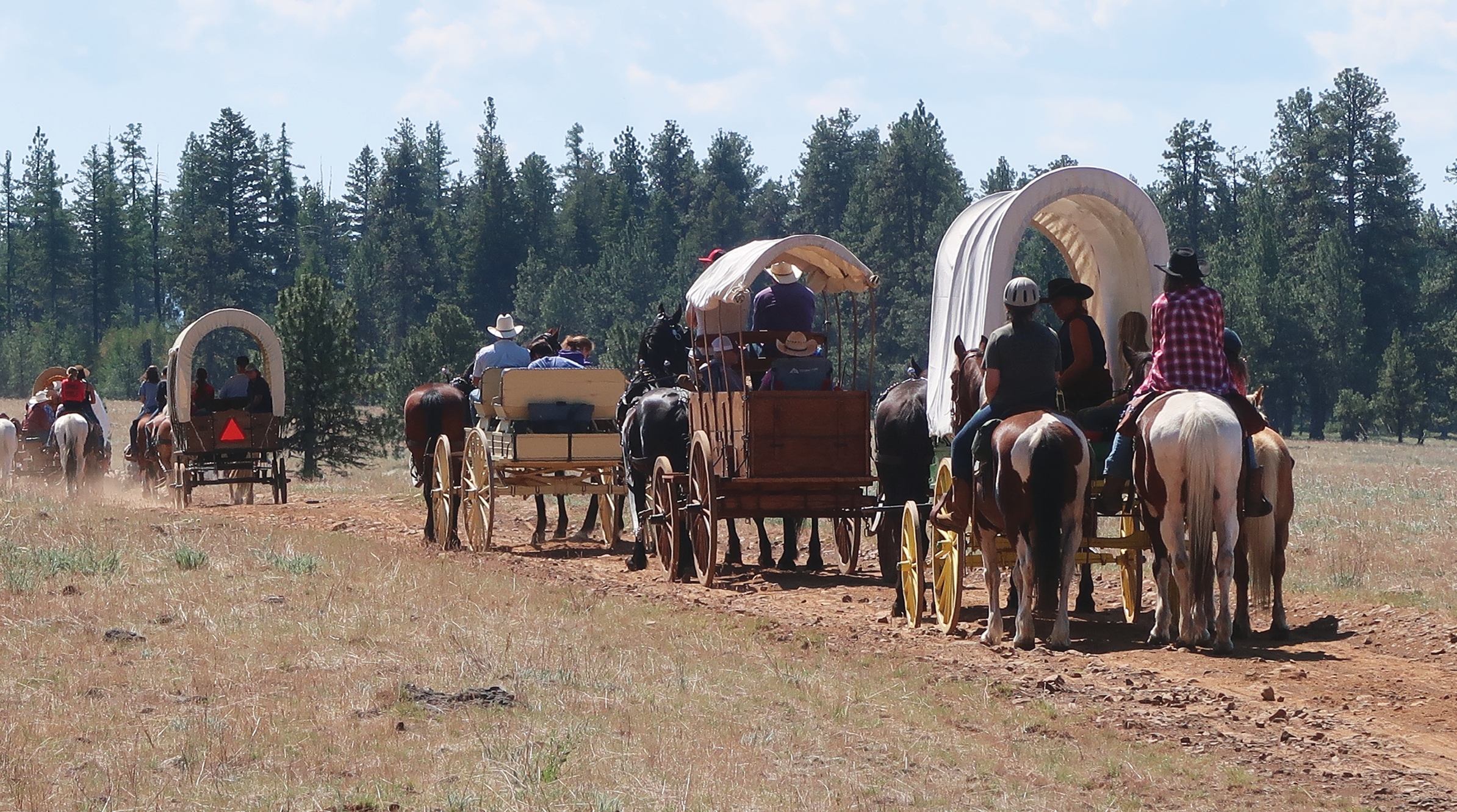
Depending on the location of the wagon-train camp, you may cross or follow portions of the Oregon Trail. The Oregon Trail was 2,170 miles long and ran from Independence, Missouri, to valleys in western Oregon. Nearly half a million people made the trip between the late 1830s and 1870 with the first wagon road being cut through the Blue Mountains in 1845. Wagon wheel ruts can still be seen along the Oregon Trail, as well as graves of the many pioneers who perished along the way.
Arriving at Camp
Months of preparation culminated in the wagon-train event taking place at Frog Heaven Meadow. The spacious meadow was ringed with pine trees where campers sought shade for themselves and their stock. One area was reserved for the teamsters with a mess tent nearby, and beyond that the meeting area and fire pit. There were three good-sized ponds that were enjoyed immensely by young and old alike, and were also used for watering stock.
We had to bring our own potable water, but additional water bottles were provided by the wagon train. In fact, nearly everything was provided by the event organizers including horse hay, meals, showers, evening entertainment, and the opportunity to travel with an old-fashion wagon train.
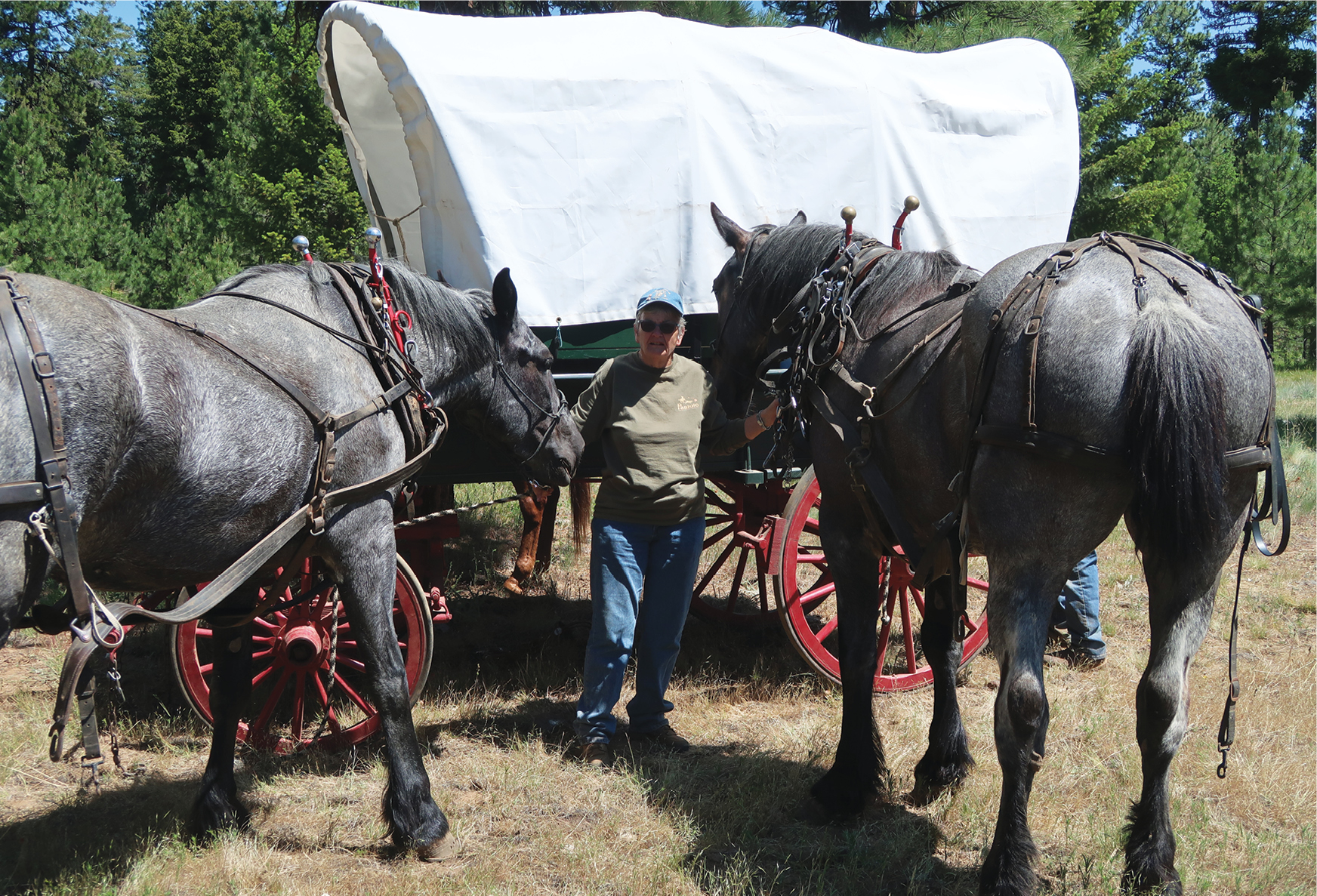
Wagon train experiences can be hot, dusty, and rigorous. So why do teamsters and outriders from all over the United States flock to the Pendleton Wagon Train year after year? Teamster Karleen Meyers, 72 years young, has driven a wagon on this train almost every year for the last 40 years. She has, unwittingly, become their beloved matriarch. Despite her diminutive stature, she handles her team of Percheron-Belgian Cross geldings with assurance and skill born from much experience.
Karleen’s love of wagon trains can be traced back to time spent with her father on the family farm. During harvest season, her job was to help her dad take care of the work horses. She loved their strength and gentle nature. When her dad became involved in organizing the early-day Pendleton Wagon Train, Karleen joined him.
Over the years, a core of dedicated teamsters has emerged. These folks model values such as patience, tenacity, creativity, and courage. These values were crucial in meeting challenges that traveling pioneers faced daily, including caring and communicating with stock, swirling clouds of dust, mud, ruts and rocks, the incessant clanking of the wagon, soaring temperatures, obstacles, and always, the unexpected.
Despite the effort of having animals and equipment in the best possible shape, accidents still occur. According to Karleen, it is very important not to raise your voice because animals may become nervous.
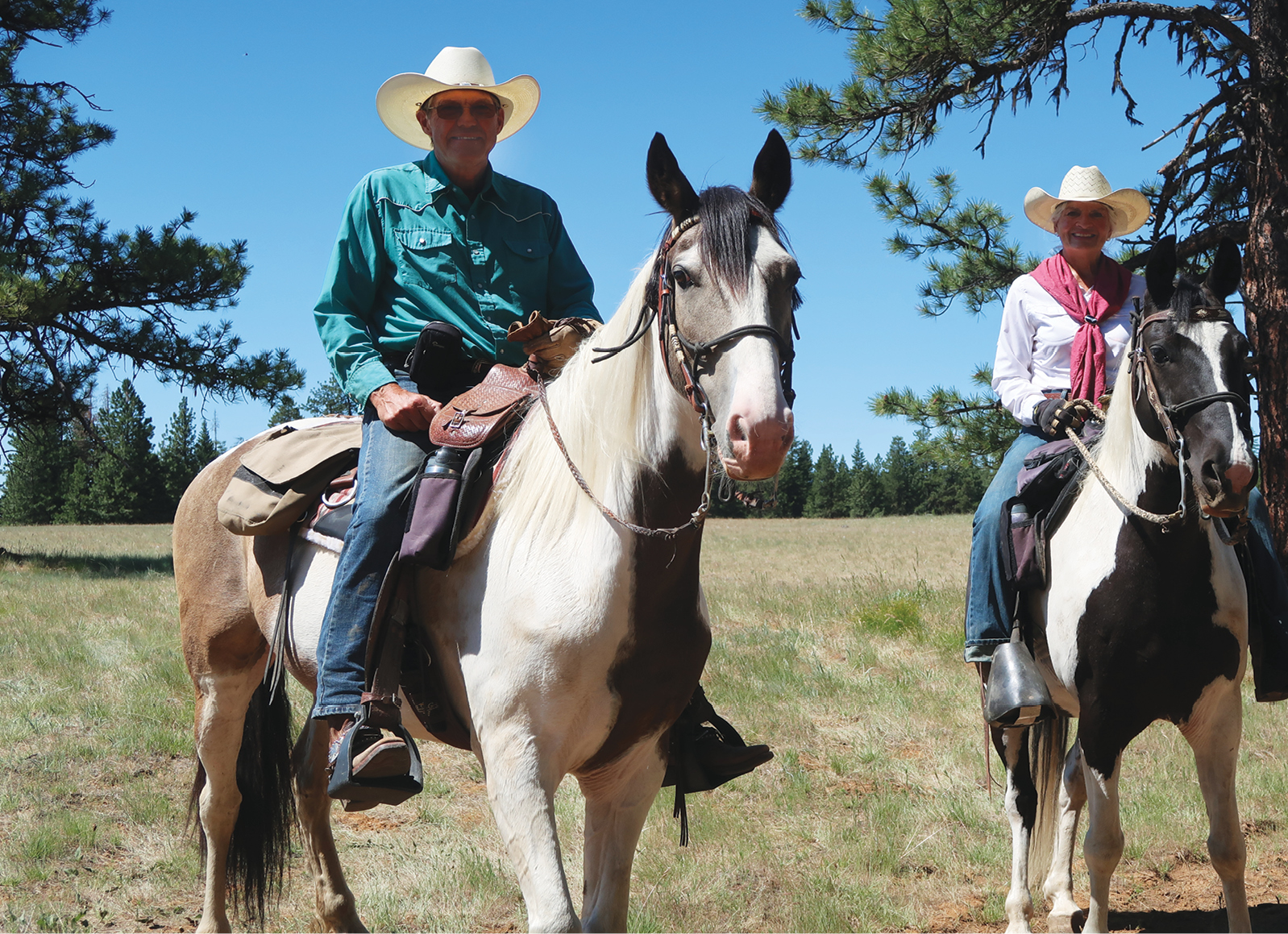
Hitting the Trail
Before you decide to attend an event like this, it’s a good idea to get your horse exposed to a team of horses pulling a noisy, clanking wagon, as the sound and movement of a long wagon train can be unnerving for many horses. Fortunately, it doesn’t take long for horses to become acclimated.
We arrived early at camp so our horses, Jake and Cody, could get exposure to the wagons before our official departure date. Many teamsters and wagons arrive several days to a week ahead of the scheduled ride. We found it helpful to ride our horses around camp and give them an opportunity to see different wagons, horses, and mules.
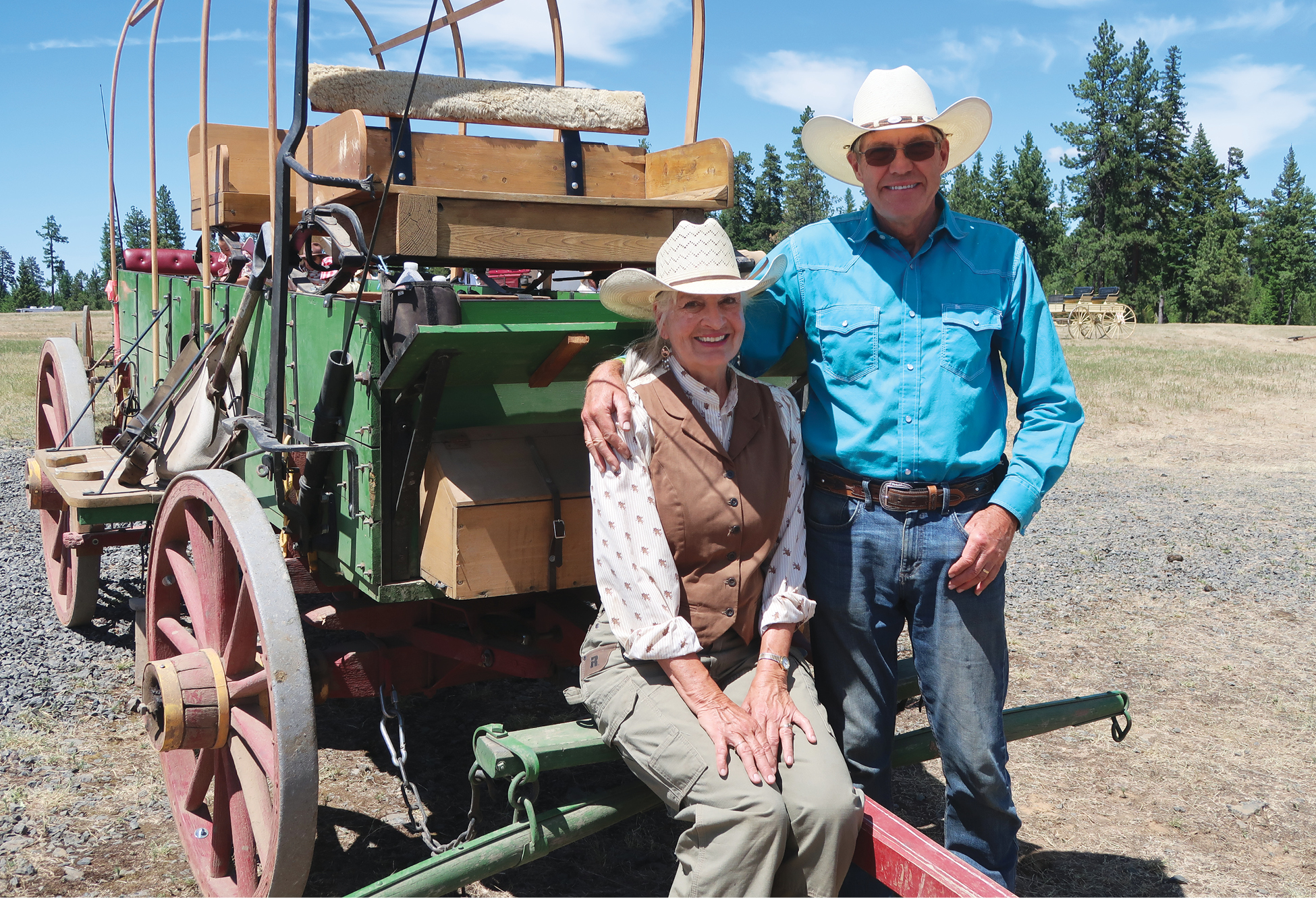
There are important wagon train rules that must be followed for safety’s sake. Outriders were not to ride ahead of the wagons. You could ride behind the train or way, way off to the side, but not close to the side of the train. The wagon horses had blinders and could be startled by horses passing nearby. The previous wagon train we were on was in a different location, and it was easy to ride way off to the side. This one was more difficult to get off to the side because of the density of brush and trees. Folks were welcome to ride on their own or behind the train. We did both.
A slow-moving wagon train is not easy for some horses; many prefer a faster pace. The day before the first train ride, we did a long, gaiting ride to get the horses relaxed and settled.
[More places to ride in Oregon: Oregon Trail Riding Destinations]

Our first ride with the wagon train was after a breakfast lover’s dream breakfast—Tom Spoon and his crew hit every meal out of the ballpark. All the meals were delicious, nutritious, and a visual delight.
Following breakfast, we saddled Cody and Jake and waited with other horsemen for the wagons to venture out. This year the camp stayed in one spot for the week. Amazingly, there were enough routes that we rarely retraced roads already traveled.
We were provided with detailed maps of each ride, complete with direction of travel and location of the all-important lunch stop.
Our first ride was an 11-mile figure-eight route toward the eastern side of camp.
We meandered through trees and meadows with views to distant mountains. At one point we followed an old railroad grade; the tracks had been pulled up years ago, and trees were growing in their place. This historic railroad was once used to haul logs and equipment for a logging operation in the Blue Mountains.

Lunch was served in an open meadow hemmed with evergreen trees and deciduous trees. Wagons were pulled into a large circle, and the teams were unhitched for a well-deserved rest. We sat on a log and enjoyed our pepperoni pizza, watermelon, and ice-cold soda. The pioneers never had it so good.
Every night there was a camp meeting to review the day’s events and next day’s schedule. After the meeting, we looked forward to a well-prepared dinner followed by a scrumptious dessert. Later came the entertainment. This took various forms but generally involved music and singing.
The second ride was into the nearby Starkey Experimental Forest. This is a gated forest where entry is controlled, but the wagon train got permission to enter. Experiments and comprehensive studies are conducted in this area by the Oregon Department of Fish and Wildlife and the USDA Forest Service. Studies examine key questions about elk, timber, cattle, deer, recreational uses, and nutrient flows.

Lunch of hot roast beef sandwiches was served in a forest clearing, and afterward we left in one group through an unlocked gate.
During dinner and social hour, we had the pleasure of meeting Jerry and Dotty Jordan from Roseburg, Oregon. If the teamsters are the heart of the wagon train, then folks like these are the lifeblood. Dotty shared her plans on wanting to learn to drive her own wagon. She felt the wagon train was a great place to learn and get ideas. Jerry is a happy, friendly person who felt the wagon train was successful in what it strives to be: a big, diverse family, one where everyone is cared for, and helped when needed.
The evening entertainment after ride two was a talent show. There was singing, jokes, and poetry. One refreshing show of talent was a young pair of singing sisters. Their clear, young voices and harmony gave singular beauty to some familiar songs. The final act was a small band complete with an 82-year-old man playing the fiddle.
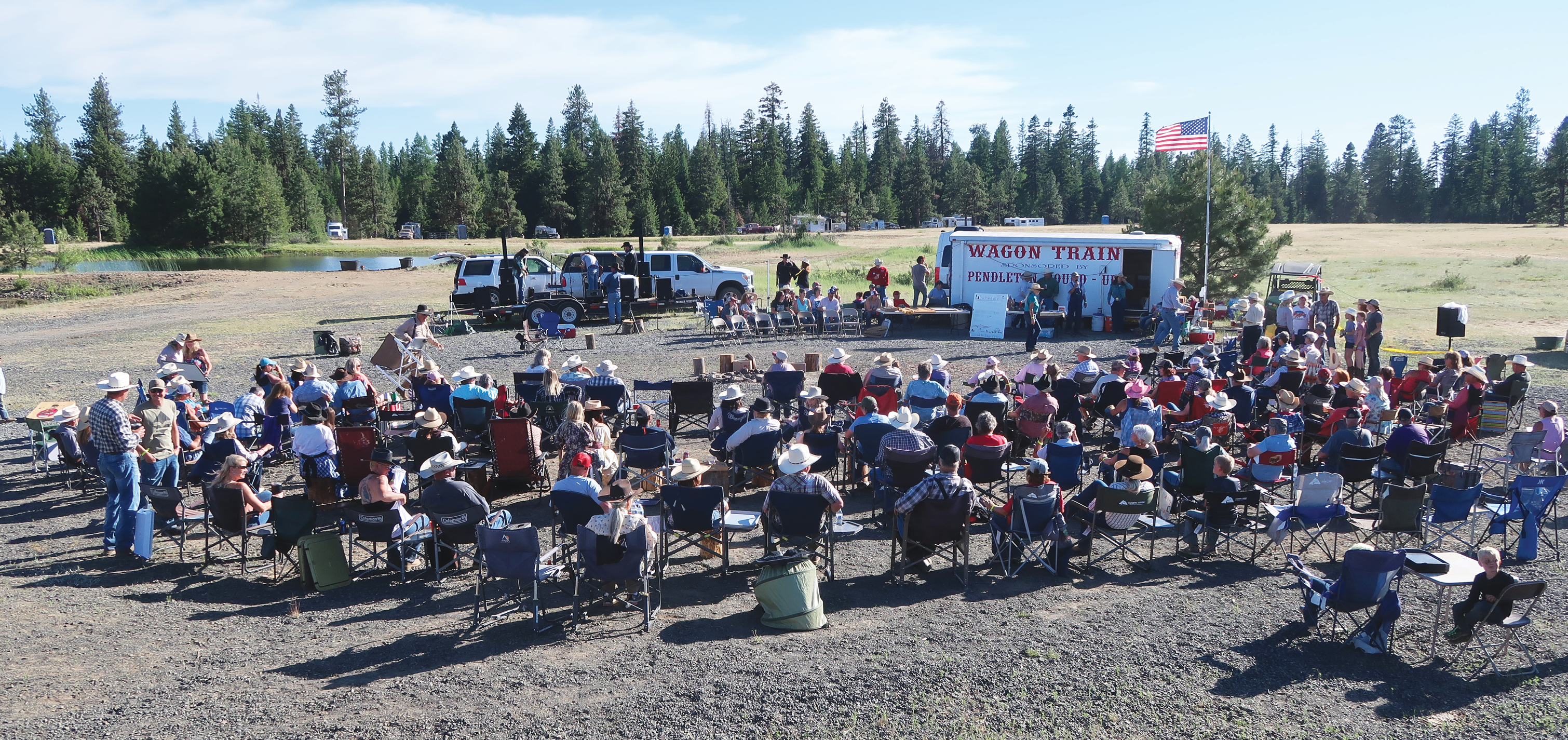
The last two rides were in similar terrain, but different locations. On one ride we rode by ourselves and discovered two beautiful, broad open ridges with large, old growth Ponderosa pines. If you decide to venture out on your own, make sure that you have a GPS to help determine direction. Much of this country is flat, and it can be extremely easy to become disoriented.
For the last ride, folks were encouraged to wear old-time pioneer clothing. Watching women in long dresses and bonnets trudge alongside dusty wagons gave a surreal ending to the weeklong wagon train event.
A festive evening awaited our last night in camp. First, a prime rib dinner followed by an auction and drawings. A coveted prize was Karleen Meyer’s handmade saddle blanket. These blankets are made from wool from her own sheep. She then spins the wool, dyes, and weaves each blanket. These unique blankets are treasured by those fortunate enough to get one. Karleen gifted one to a former Idaho governor, and years ago, we won one in a drawing. A professional band, performing under a starry sky, rounded off the night with soft, country-rock music. A melodious ending to a timeless event.

